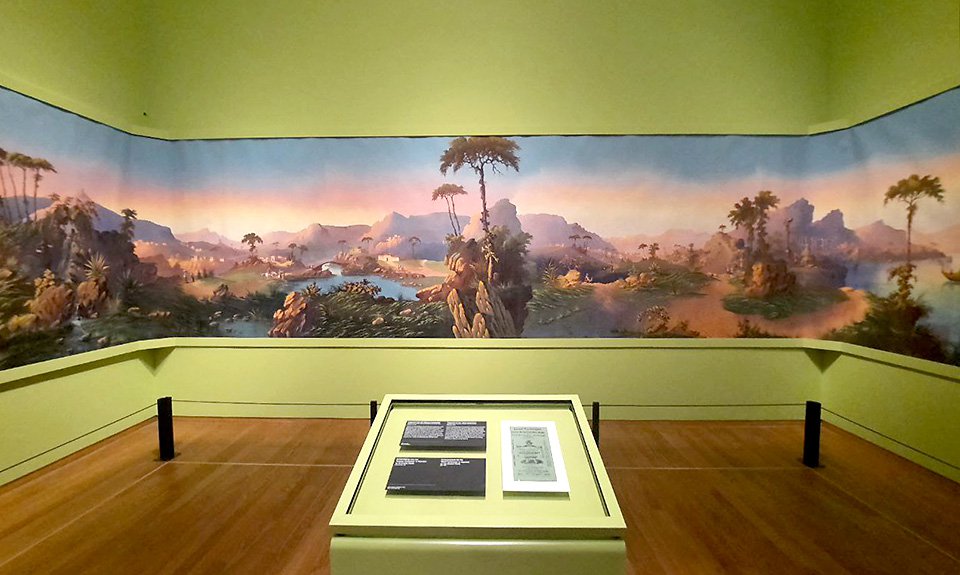The Amsterdam Museum exhibits a selection of the largest paintings on paper, including those that alone occupy an entire hall, as well as drawings and samples of printed graphics from its collection.
The exhibition “Paper XXL” includes 27 of the largest-format works on paper from the collection of the Amsterdam Rijksmuseum. Some of them have never been exhibited before. Some works of art remain in the storerooms for a long time, not because no one wants to see them, but because it is too difficult to exhibit them.

Chronologically, the exhibition covers the period from the XVI to the XXI century and demonstrates various options for using paper in such an atypical size — from sketches of stained-glass windows to a rare paper altar and woodcuts depicting the family tree of Charles V.
One of the most curious exhibits is a cyclorama landscape with a height of 180 cm and a length of 23 m, which has been lying in the storeroom for decades. This work is presumably the authorship of Heinrich Heil and Gebruders Borgmann, a fragment of a cyclorama (a large-format panoramic image that was mounted on a cylindrical base), has been stored in a collapsed form for decades and has only recently been rediscovered. The mysterious paper roll was noticed in 2018 when the Rijksmuseum was transporting its storage to a new location.
The length of the original cyclorama was an incredible one and a half kilometers. Between 1853 and 1855, it traveled to the Netherlands, Belgium, and Great Britain. It depicts a vivid Neapolitan landscape entirely by hand, including a smoking volcano.
This is the kind of scenery that you see in a play or opera. The cyclorama was very long, about a mile long, long enough for a two-hour performance. Imagine something like an old-fashioned movie show: people gathered together to look at a moving screen. In 1853, photography was only ten years old, and stereo photography had not yet been invented. When stereo photography and cinema were invented at the end of the XIX century, this type of entertainment, of course, became completely unnecessary and very cumbersome. So this find is unique.
The museum hopes that fragments of the cyclorama could still be preserved in some collections where they lie unidentified. Since it is impossible to reconstruct the original cylindrical structure on which the landscape was shown at the exhibition, the walls of the whole hall were simply taken away for it.

























